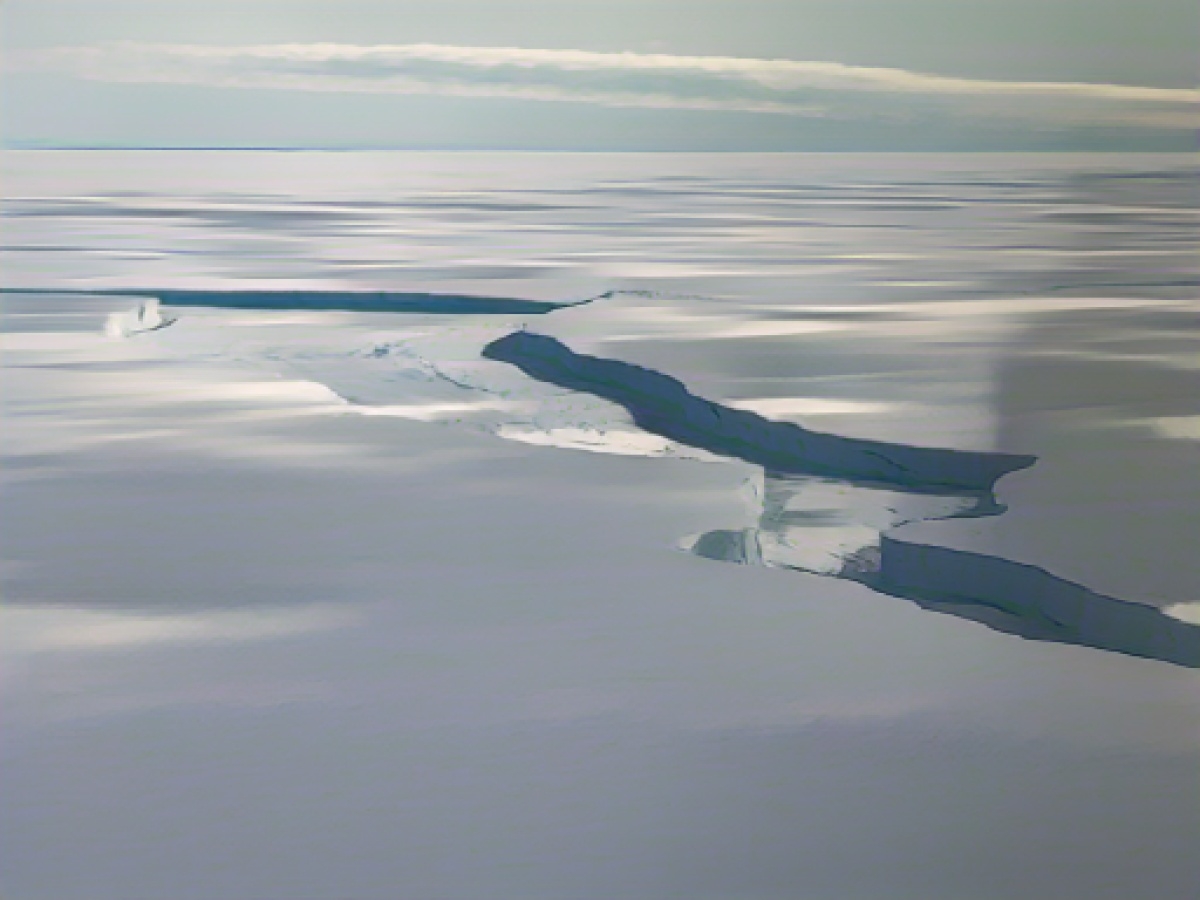Polar summit seeks ways to protect melting ecosystems
The melting of glaciers and sea ice is a gradual process, but the retreat of the planet's ice regions driven by climate change has recently accelerated. Politicians and experts are discussing the protection of glaciers and polar regions at an international conference in Paris until Friday, in the run-up to the COP28 climate summit in Dubai at the beginning of December. A Paris appeal for the protection of the Arctic, Antarctic and glaciers is being prepared and will be published at the meeting on Friday.
The polar summit is part of a "One Planet" summit series launched by French President Emmanuel Macron at the UN Climate Change Conference in Bonn in 2017. Federal Environment Minister Steffi Lemke (Greens) is attending the summit on behalf of Germany. Environmentalists are insisting that concrete protective measures for the melting ecosystems are also implemented - and warn of catastrophic consequences if this is not achieved.
Important ecosystems
The thawing of permafrost could lead to the release of greenhouse gases and the disappearance of glaciers is an immense challenge that affects the whole of humanity, explained Macron at the summit. The first global summit on polar regions and glaciers is an opportunity to improve scientific cooperation and the protection of ecosystems and to prepare for the consequences of the melting of the ice, which has already begun, said Macron.
"Our glaciers and poles are unique and enormously important ecosystems," said Federal Environment Minister Lemke. "They are coming under increasing pressure: the climate crisis is causing polar ice caps and glaciers to melt, biodiversity is dwindling and pollution such as plastic waste is putting additional pressure on ecosystems." As the poles and glaciers play a fundamental role in the global climate system and for the preservation of biodiversity, this development has global consequences. What is needed is strong environmental protection in the polar regions and a network of protected areas.
The urgency of the situation can be seen in the Antarctic, among other places. In September, it was announced that the extent of sea ice around the continent has reached a new low, which is significantly lower than in previous years during the Antarctic winter. Experts also attribute the death of thousands of emperor penguin chicks to the loss of sea ice. According to a study by the British Antarctic Survey, satellite images showed that the ice areas used by the penguins as breeding grounds had completely disappeared before the chicks had developed their waterproof plumage.
Call to action
The environmental protection organization WWF warned that the loss of ice and snow at the current temperatures is alarming and exceeds previous forecasts. In order to prevent catastrophic consequences such as a sharp rise in sea levels, the depletion of water resources in the mountains, the loss of biodiversity in the polar regions and the irreversible release of greenhouse gases, global warming must not exceed 1.5 degrees by 2100. Reducing emissions, protecting ecosystems and expanding scientific research are necessary to support climate-resilient sustainable development in the Arctic and Antarctic.
In a joint declaration, several environmental associations called on political leaders at the Paris Polar Summit to take decisive action. The planned "Paris Appeal for Glaciers and Poles" must be followed by concrete actions, the implementation of which must also be monitored. Among other things, the aim is to reduce greenhouse gas emissions. Marine protected areas should be established in the polar regions and stricter rules for shipping and tourism should be put in place. Scientific recommendations should also be incorporated into political action.
The protection of melting glaciers and polar regions is a key focus of the ongoing international conference, highlighting the importance of science in addressing environmental challenges. The melding of these two critical areas is essential in devising strategies to safeguard these unique and irreplaceable ecosystems, crucial for maintaining global climate balance and biodiversity.
Source: www.dpa.com








